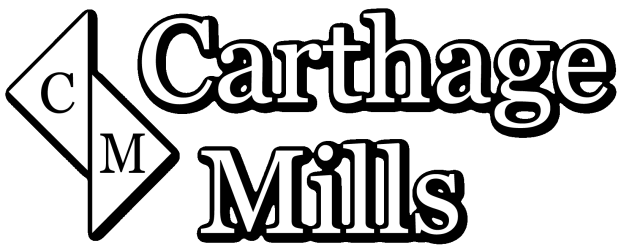Geosynthetic Engineering – Mullen Burst and Puncture Testing
The ASTM test for Mullen Burst (ASTM D3786) and Puncture (ASTM D4833) have been obsolete for years, but are still appearing in specifications quite often, likely due to boiler plate templates that simply haven’t been updated.
History of Mullen Burst and Puncture Tests
In the 1970s these tests began being used in the geotextile industry. However, since then industry experts have recognized that these tests are obsolete and currently prefer the Static (CBR) Puncture test (ASTM D 6241).
View the ASTM D 6241 Puncture Test
Being Performed in this VIDEO Below:
What Specifiers Need to Know…
Here is an open letter to geosynthetic specifiers, as published by Geosynthetics Magazine1 – because we couldn’t have said it better ourselves!
From Geosynthetics Magazine…
“Dear Specifier,
In an attempt to keep those in the engineering and specifications community up-to-date on relevant changes in our ever evolving industry, we would like you to be aware that the general use of “cookie-cutter” type geosynthetic specifications is not a good practice. The test methods our members use on their geosynthetics are constantly revised or removed from accepted practice. The enclosed information summarizes some recent changes in the testing standards used for geosynthetics.
Neither Mullen Burst Strength ASTM D3786 nor Puncture Strength ASTM D4833 are recognized by ASTM Committee D35 on geosynthetics as an acceptable geotextile test method. Also, AASHTO M288 has replaced ASTM D4833 with the Static (CBR) Puncture ASTM D6241.
Beginning over a decade ago, ASTM D4833 and D3786 were no longer published by any of our members on their QA, QC or other geotextile technical data. Also, Geosynthetics magazine highlights the geotextile specs for ASTM D4833 and notes that they have been replaced by Static (CBR) Puncture ASTM D 6241 in subsequent issues.
Under the auspices of ASTM, within Committee D35, geosynthetic test methods and specifications are currently being developed, and will continue to be developed, to replace irrelevant textile index test methods. Our members provide leadership in the development of testing standards for Committee D35.
Please refer to the ASTM website and the GSI website for the most current version of the test methods that you are specifying. For example, the industry still occasionally sees defunct specifications from federal and state organizations that refer to test methods such as ASTM D1682-59T (1975), “Standard Methods of Test for Breaking Load and Elongation of Textile Fabrics (withdrawn 1991)” and the like. Additionally, if you are not specifying ASTM or GSI test method standards, check with the specific author of the standard you are specifying for the most current version. And check with GMA-member geosynthetic manufacturers through their websites, published data, or product management personnel to confirm that the product you have specified is currently being manufactured.
Signed GMA Members.”

